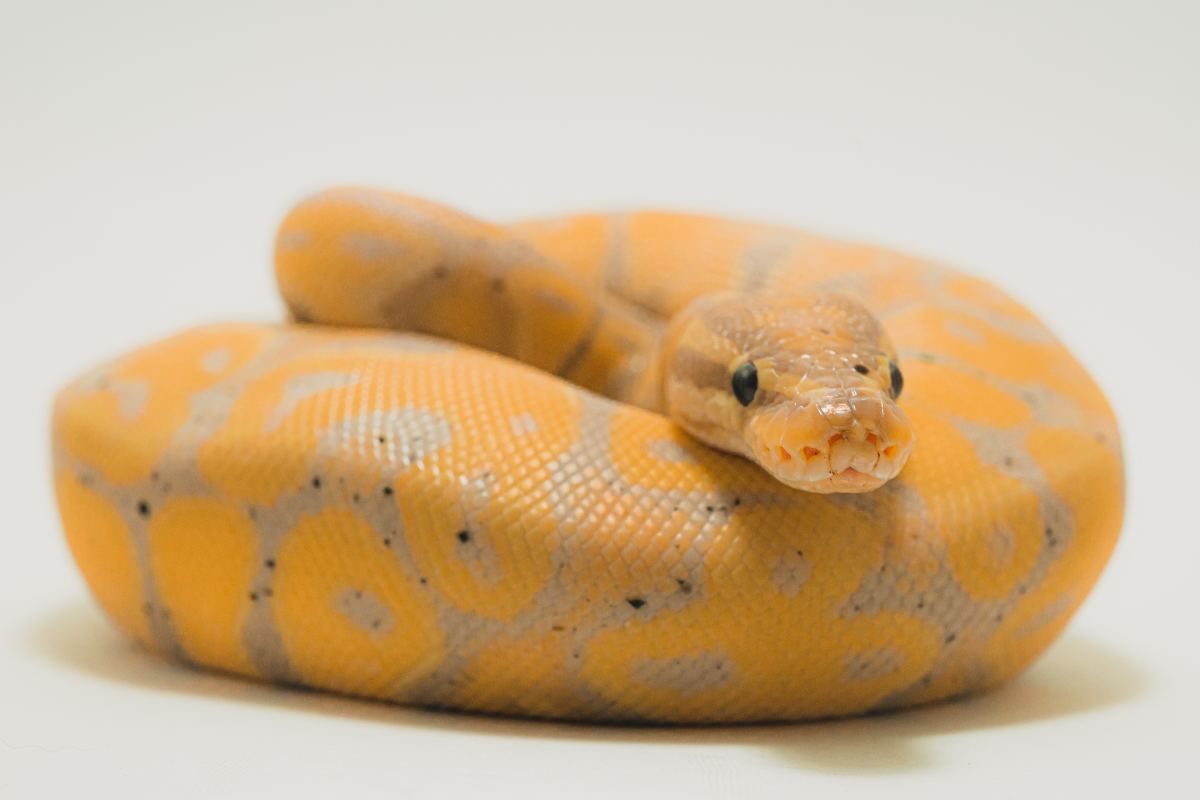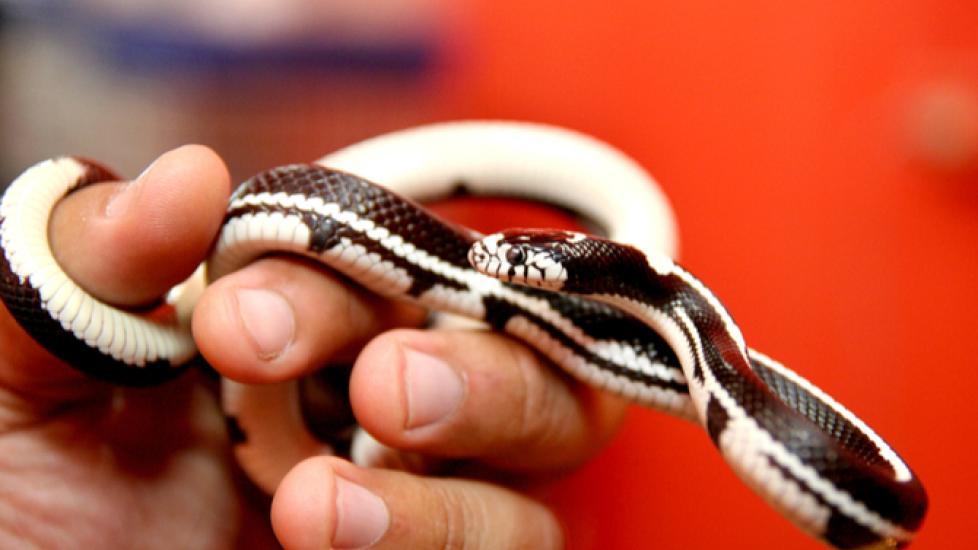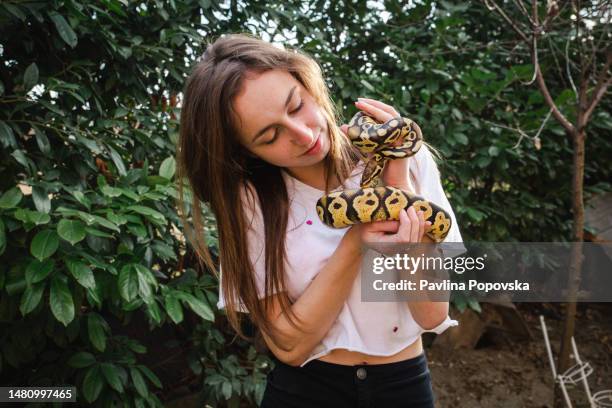Find Your Perfect Match: Snake for Sale Selections Await!
Find Your Perfect Match: Snake for Sale Selections Await!
Blog Article
Exactly How to Develop the Perfect Habitat for Your Animal Snake
Producing the suitable habitat for your animal serpent is vital to ensuring its health and well-being. By recognizing the particular needs of your serpent types and applying the needed aspects in its environment, you can create an area where your family pet can flourish.
Picking the Right Enclosure
The enclosure serves as the serpent's main environment, influencing its total well-being and behavior. A basic guideline of thumb is to supply a habitat that is at least as long as the serpent's length and vast enough for it to extend out easily.
Timber and PVC rooms supply superb insulation, which is essential for managing temperature and moisture levels within the environment. Inevitably, the room should resemble the snake's all-natural environment as closely as possible to guarantee its health and happiness.
Setting Up Temperature Level and Humidity Degrees
In order to give a conducive living environment for your animal snake within the picked room, focus to preserving ideal temperature and moisture levels is critical. Snakes are ectothermic creatures, indicating they count on exterior sources to manage their body temperature level.
The appropriate moisture level varies depending on the snake types, with most requiring degrees in between 40-60%. By carefully adjusting and checking temperature and humidity levels, you can develop a risk-free and comfy environment for your cherished animal serpent.
Providing Adequate Hiding Spots
Ensuring the accessibility of appropriate hiding places is crucial for creating a stress-free atmosphere for your pet snake. To imitate their natural environment, provide at least two concealing spots in your snake's enclosure-- one on the warmer side and one on the cooler side.

Choosing the Appropriate Substratum
To produce a suitable environment for your pet dog snake, what factors should be considered when choosing the ideal substrate? Picking the appropriate substrate for your family pet snake is vital for preserving its health and health. When picking a substratum, a number of variables need to be thought about.
First and leading, the substrate needs to resemble the serpent's natural surroundings as very closely as feasible. Different serpent varieties have different habitat preferences, so it is important to research your details snake's natural environment to pick a suitable substrate. For example, desert-dwelling snakes might require a sandy substrate, while forest-dwelling serpents may like a more moist substrate like cypress mulch or coconut husk.
Opt for substrates that are easy and non-toxic to tidy to keep a hygienic environment for your family pet serpent. By very carefully considering these elements, you can create a risk-free and comfortable habitat for your pet serpent.
Offering Correct Lighting and Heating

When it comes to lights, serpents have certain illumination needs to resemble their native environment. Ultraviolet (UV) lights may be required for sure serpent species to assist with calcium absorption and vitamin D synthesis. Not all serpents need UV illumination, so it's crucial to research your details snake varieties' demands.
To provide the ideal balance of lights and home heating, consider utilizing a mix of overhanging home heating lamps, hot pad, and thermostats to regulate temperature levels accurately. Make certain that your snake's habitat has a temperature gradient, enabling it to relocate in between warmer and cooler this post locations as needed. snake for sale. By supplying appropriate illumination and heating, you can develop a healthy and balanced and comfortable atmosphere for your family pet snake
Verdict
To conclude, producing the ideal environment for your pet dog serpent entails selecting the appropriate enclosure, setting up suitable temperature level and moisture degrees, providing ample hiding areas, choosing the proper substrate, and using correct lights and heating. By complying with these standards, you can make certain that your serpent more info here has a healthy and comfortable atmosphere to prosper in. Remember to consistently adjust the habitat and monitor as needed to meet your serpent's certain demands.
To create an appropriate habitat for your family pet blog here serpent, what variables should be considered when choosing the appropriate substrate? Various snake species have various environment choices, so it is essential to research your particular snake's indigenous setting to pick an ideal substratum. Desert-dwelling snakes might require a sandy substratum, while forest-dwelling snakes may like an extra moist substratum like cypress mulch or coconut husk.
Not all serpents require UV illumination, so it's important to research your particular snake varieties' demands.

Report this page